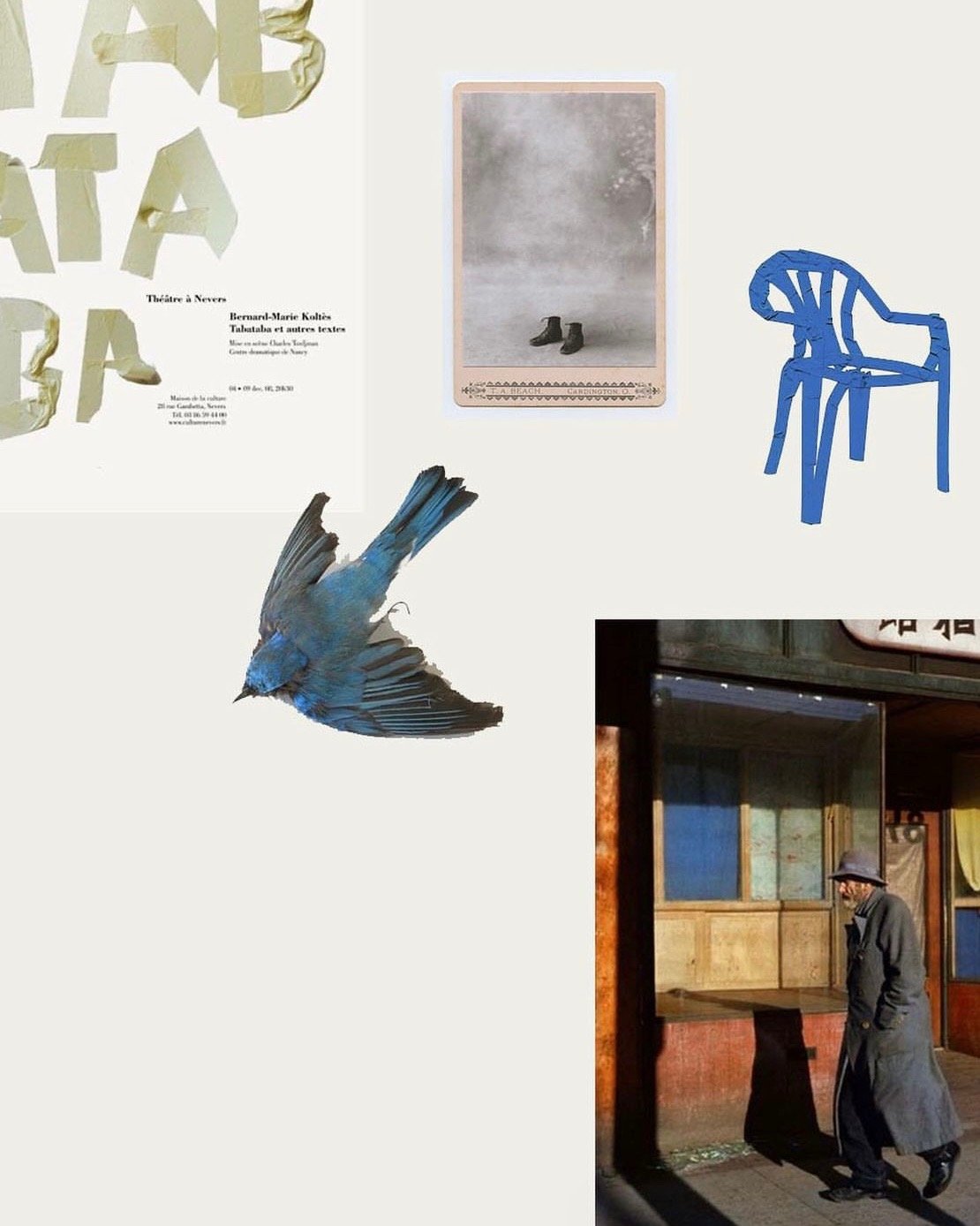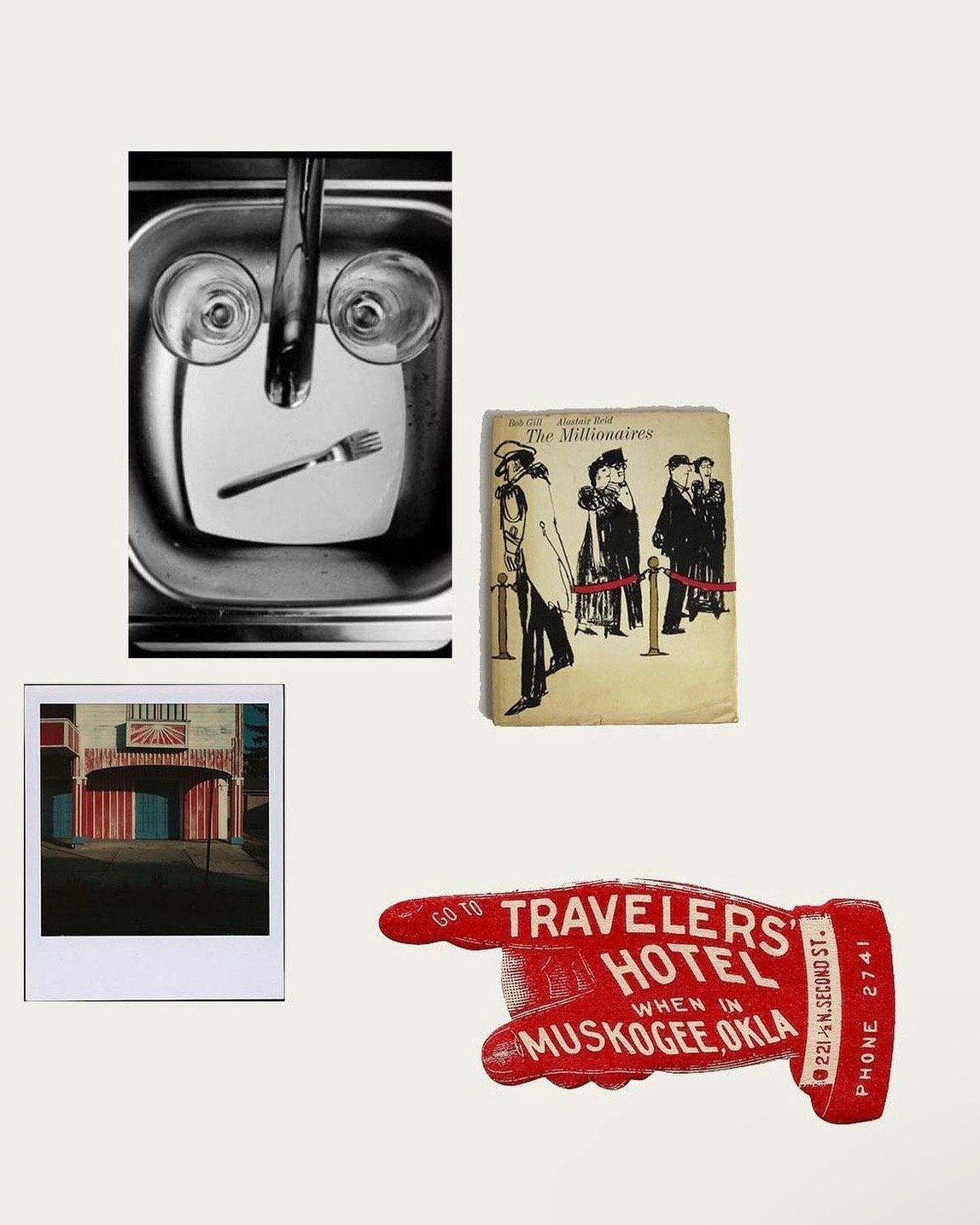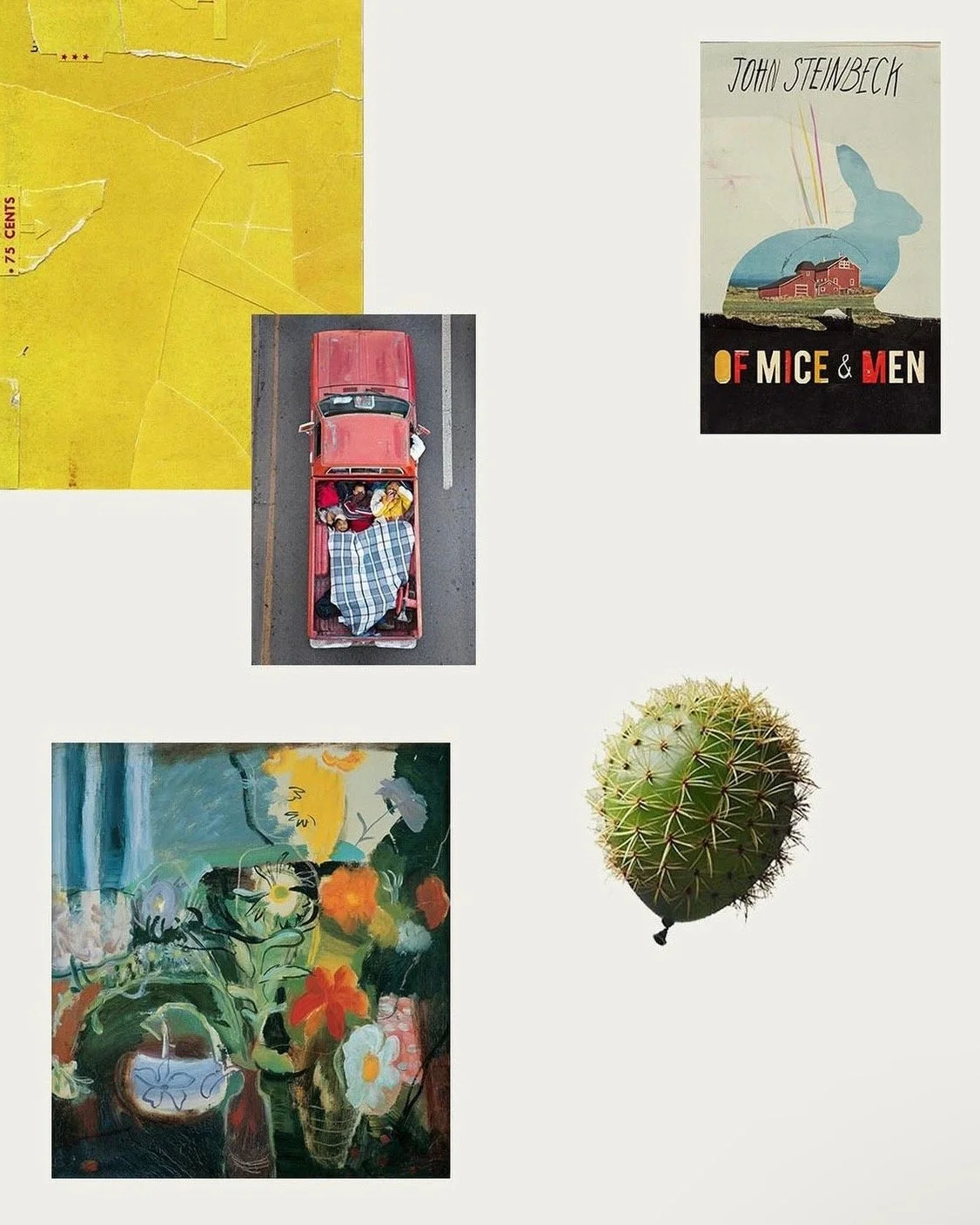Coded Homestead
Mood Boards: A Timeless Tool for Creative Exploration
Often overlooked as a simplistic or obvious device, the mood board has long played an integral role in the creative process. At its best, it becomes an art form—an evocative collage of references, textures, and ideas that serves as both a map and a catalyst for design. Its power lies in its duality: it informs the creator while inviting interpretation from the observer. Each element suggests meaning, which is ultimately shaped by the viewer’s experiences, associations, and insights.
Historically, assembling visual references as a creative tool is far from new. The Renaissance artist’s studio functioned much like a physical mood board, filled with sketches, objects, and materials that inspired or informed their work. Similarly, in the 19th century, the advent of scrapbooking and collecting ephemera gave rise to early forms of visual storytelling, used by designers and artists to capture and convey a mood or narrative. In the mid-20th century, architects and product designers employed collages and pin-up boards to articulate spatial or material ideas, often arranging fragments of photographs, drawings, and textiles into cohesive narratives.
The mood board’s enduring appeal lies in its ability to bridge intuition and intellect. It is a space for experimentation—where ideas can be loosely sketched and tested before taking form. It is an especially effective medium for outgoing introverts: visual enough to communicate ideas clearly, yet layered with subtlety, allowing room for interpretation and dialogue.
In this series, I share mood boards created without brief—freeform compositions designed to invite engagement and contextual meaning. These pieces are not intended as finished works but as prompts: spaces for inspiration and exploration, ready to spark connections and ignite new ideas.
Whether serving as a guiding beacon for a creative project or as a standalone exercise in aesthetic exploration, the mood board reminds us of the enduring value of gathering, arranging, and interpreting visual information. It is, fundamentally, a celebration of the creative process—a reminder that great ideas often emerge from the juxtaposition of seemingly unrelated fragments brought together in surprising and meaningful ways.



